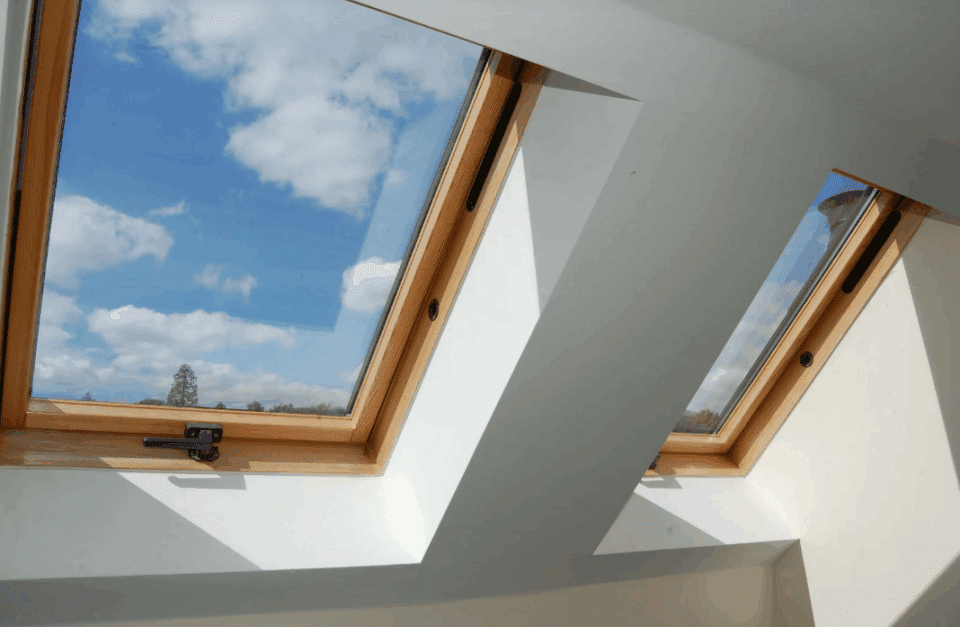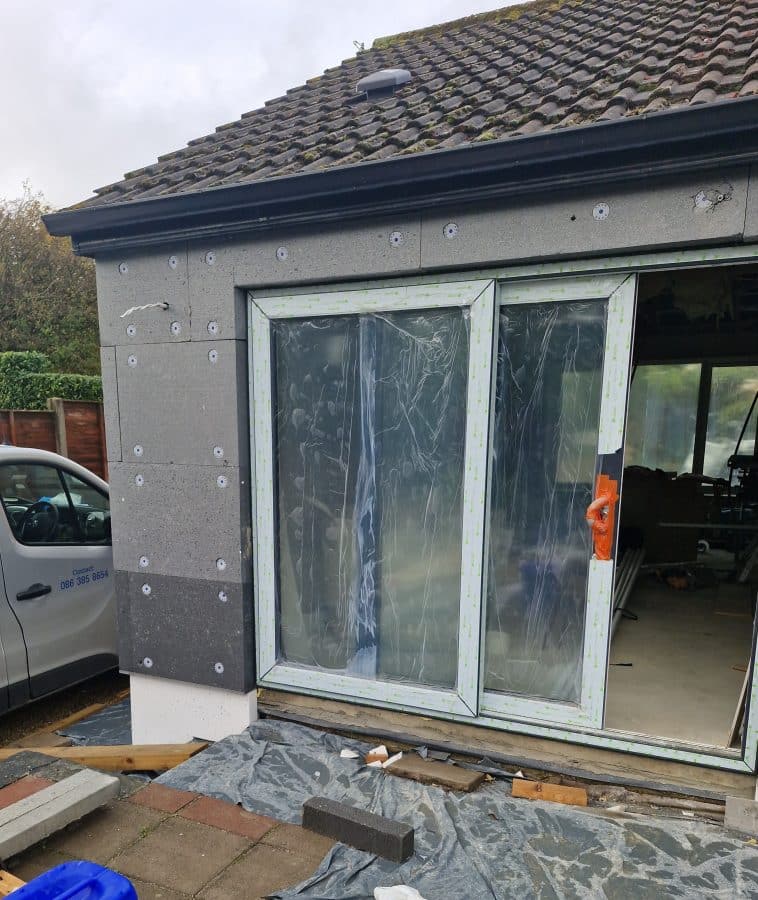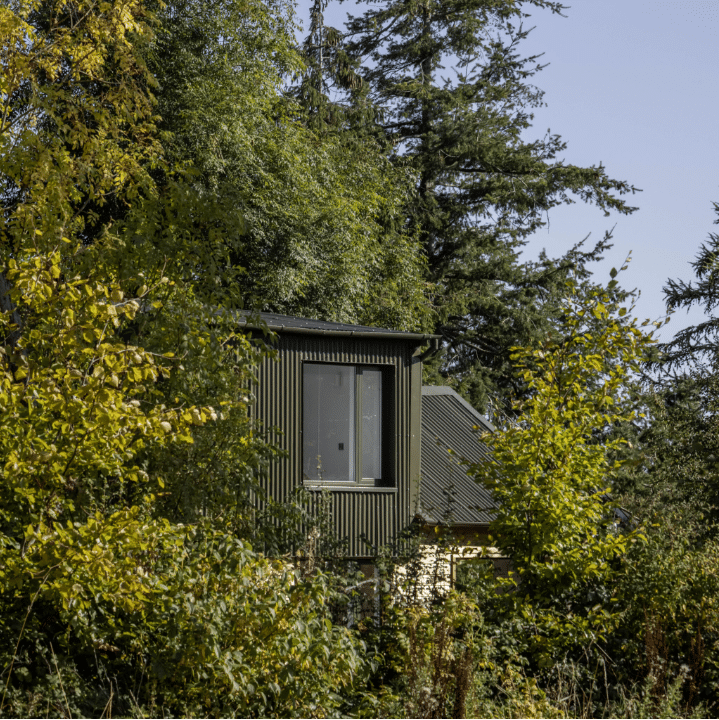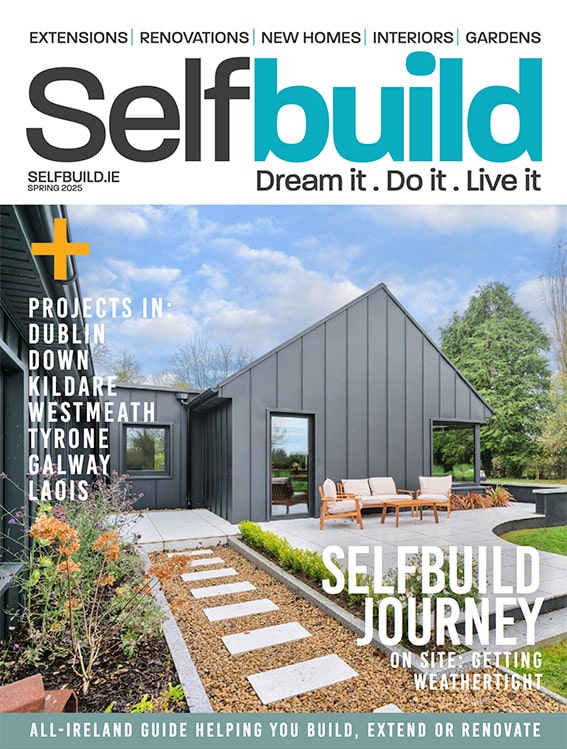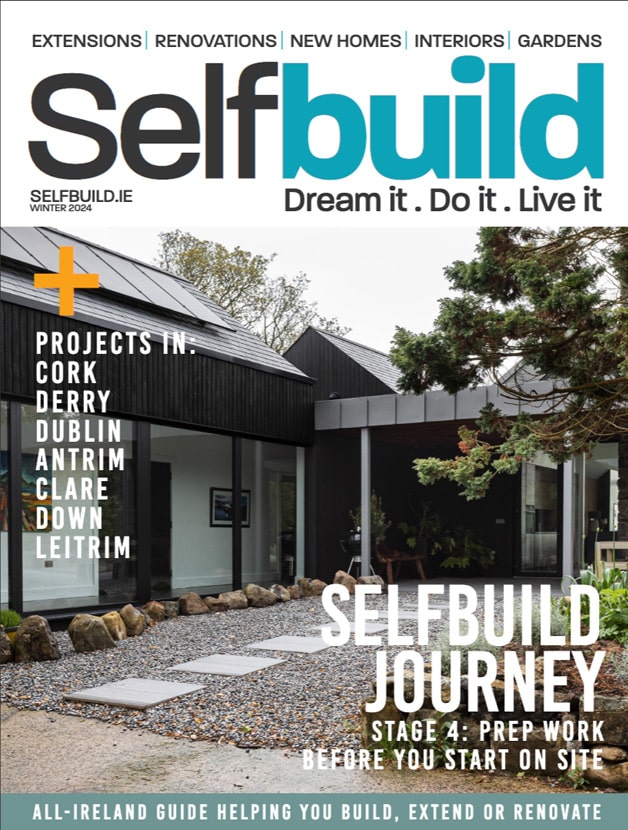Design, performance and cost are the three variables to consider for windows and doors. The cost will obviously be a significant factor, as windows often make up a significant portion of your home improvement costs.
For a new window a ballpark of €/£1k per window for a good spec is often used as a rule of thumb but the make, size and specification will determine the real cost. Replacing old windows can be tricky, to ensure continuity of insulation and airtightness; there will also be the added cost of disposing of the old windows.
Keeping your current windows and replacing only those that need upgrading can be a more budget-friendly option than buying new. You can paint them – even uPVC windows can be painted with specialist products (good sanding and prep is key) – or upgrade the glazing to double or triple glazing if the frame is worth saving and in good condition.
You can also add on security features like laminated glass or adhesive films on existing windows.
In NI and ROI new windows are made to order so there is no off-the-shelf size. Secondhand windows are available online from direct sellers, and some manufacturers may have a small stock, but check they’re in the state you expect before buying as there won’t be any returns offered. It’ll also be a case of designing the extension around the windows if you go down this route.
As a rule of thumb, uPVC remains the most cost-effective choice although high quality uPVC will be comparable to other alternatives, the most common being aluclad (a wood or uPVC frame with an aluminum exterior) which is often chosen for its durability, aesthetics and low maintenance.
Wood frame windows are no longer common due to the need for regular upkeep (repainting and sealing) but may still be an option if you’re restoring a historic home or want to maintain a traditional look. Aluminum windows are the most expensive.
Note that an extension that requires planning permission is likely to come with conditions upon approval that specifies the type of windows to use. Listed buildings will have their own set of requirements too.
In addition to planning requirements, window choice will go hand in hand with the design. In some cases you might extend an existing opening for a larger window to add light, although any structural changes such as this will require the input of a structural engineer.
Depending on the design, you might want to match new windows and doors with the original ones or go with a stark contrast and opt for a completely modern style.
Windows will also form part of your ventilation strategy, whether you plan to add mechanical ventilation or use windows for natural airflow. Especially on south facing elevations and in areas of high moisture, cross ventilation (windows on different elevations that create a draught) will contribute to the ventilation strategy.
Windows and doors must comply with building regulations, including minimum heights for window openings on upper stories, and fire escape considerations. The regulations also require that windows meet minimum energy efficiency thresholds, but most windows on the market exceed these.
For new windows, here’s a brief checklist:
- Check the window energy rating and/or the specification with overall U-values (not just of the glazing). High-performance glazing is now standard, including low-emissivity (low-e) glass, but there can be a big cost and performance difference between double and triple glazing depending on the make. Check the insulation specification, including spacer bars.
- Check the quality of seals, hinges, locks and the overall construction when selecting new windows and doors. Go to the showroom, open and close them and get a feel for general sturdiness.
- Ensure that all doors are equipped with adequate locking mechanisms and that windows, particularly in upper stories, are safe and comply with regulations; your architectural designer will help with this.


